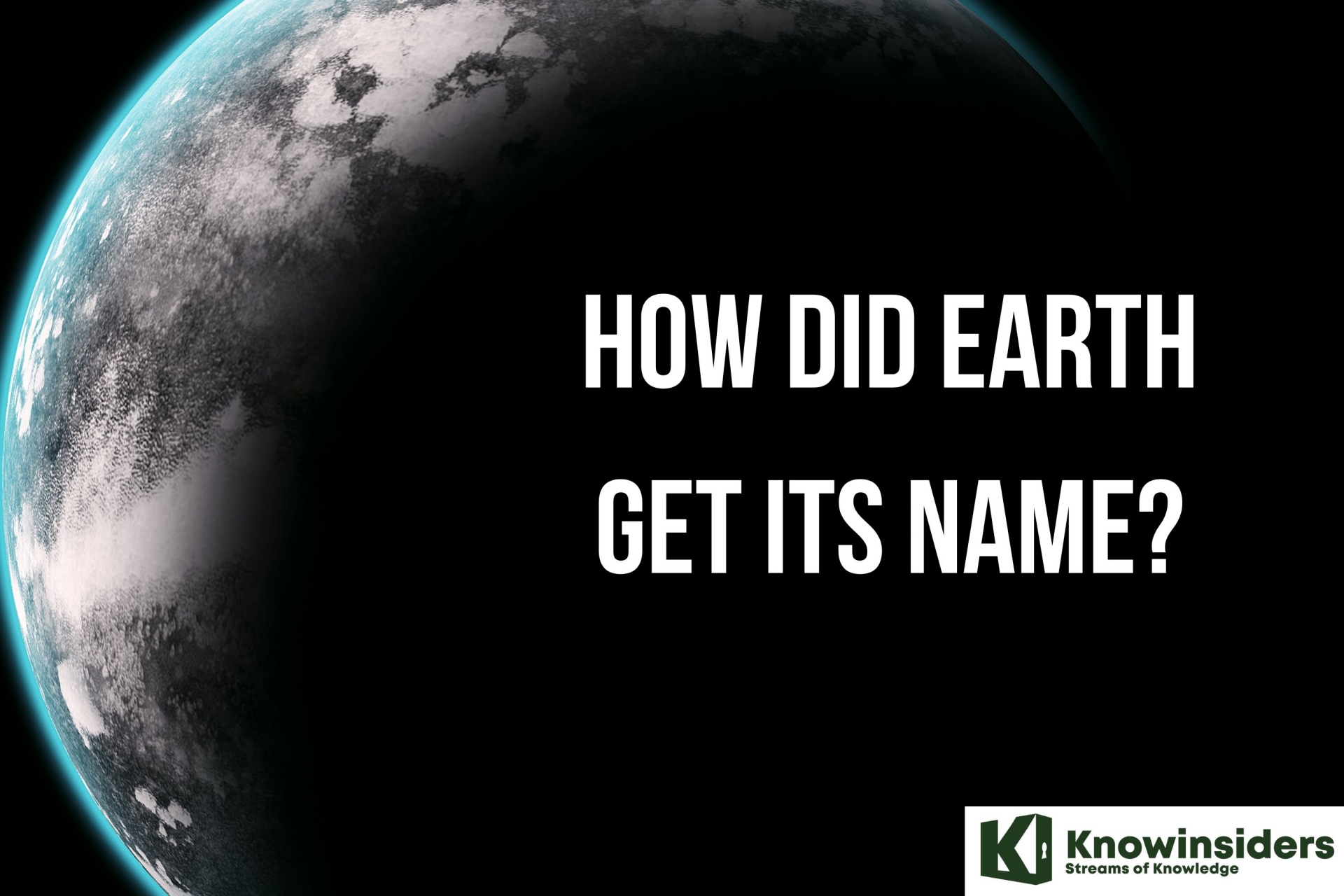How Old Is The Earth In Science, Bible
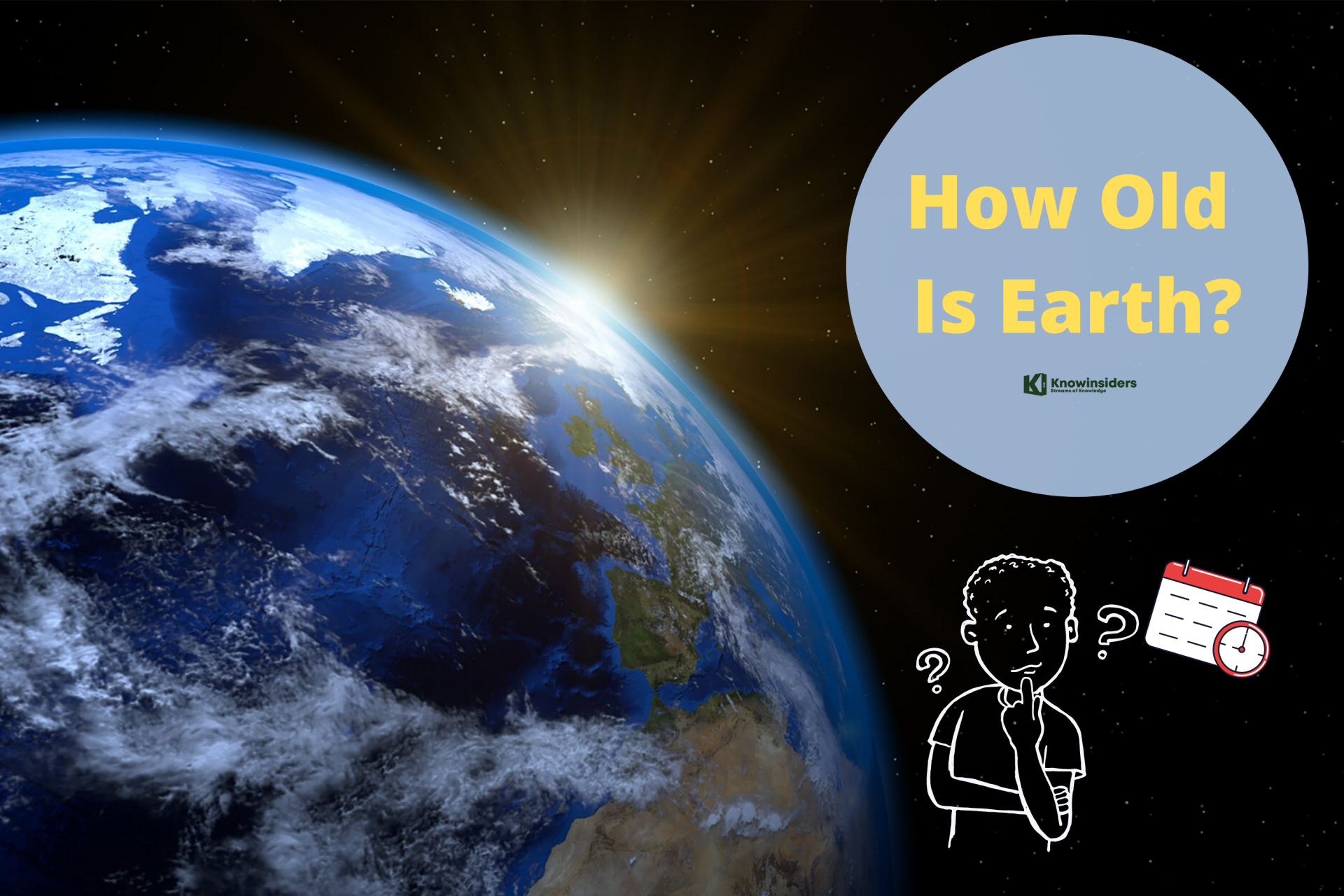 |
| Photo: KnowInsiders |
A brief history of the search for the age of Earth
Getting to the point of knowing Earth’s age at such astonishing precision has been a long scientific journey.
Physicist William Thomson, also known as Lord Kelvin, concluded, in 1862, that Earth was between 20 to 400 million years old, based on calculations of how long it took to cool from a molten state. There were a lot of controversies surrounding it, as scientists also started taking into consideration the new science of evolution.
The history of radiometric dating began around the early 20th century as scientists were learning more about radioactivity. Physicist Earnest Rutherford, with colleagues, was the first to attempt measurements on a rock sample in 1904. Additional discoveries on radioactivity further refined efforts at measurements. In 1921, Arthur Holmes showed that radiometric dating was a valid method for aging rocks, and suggested that the Earth was a few billion years old. Since the 1960s, radiometric dating has become the dominant way to measure the age of rocks.
How old is Earth according to Science?
Earth is estimated to be 4.54 billion years old, plus or minus about 50 million years. Scientists have scoured the Earth searching for the oldest rocks to radiometrically date. In northwestern Canada, they discovered rocks about 4.03 billion years old.
Then, in Australia, they discovered minerals about 4.3 billion years old. Researchers know that rocks are continuously recycling, due to the rock cycle, so they continued to search for data elsewhere.
Since it is thought the bodies in the solar system may have formed at similar times, scientists analyzed moon rocks collected during the moon landing and even meteorites that have crash-landed on Earth.
Both of these materials dated to between 4.4 and 4.5 billion years.
How are the ages of the Earth calculated?
Efforts to figure out the age of Earth go back many centuries. The classical Greek philosopher Aristotle, who thought the time had no beginning or end, also believed that Earth was infinitely old, while religious scholars in ancient India, who envisioned a universe that perpetually exploded, expanded and collapsed only to begin anew, calculated that Earth had existed for 1.97 billion years.
During the medieval era, various Christian theologians scrutinized the Bible for clues, and came up with estimates of between 5,471 and 7,519 years, according to G. Brent Dalrymple's book "The Age of the Earth." From the 1700s and 1800s, an assortment of scientists came up with various figures based on clues ranging from Earth's rate of cooling and the accumulation of sediment to the chemical evolution of the oceans.
Just before the beginning of the 20th century, scientists figured out that they could calculate the age of a rock by measuring radioactive decay, a method called radiometric dating.
In the early 1950s, a California Institute of Technology geochemist named Clair C. Patterson, who had worked on the Manhattan Project to develop the atomic bomb during World War II, measured the isotopic composition of lead from the Canyon Diablo meteorite and several other pieces of space rock, which were believed to date back to the disc of material from which Earth also formed. In 1953, Patterson came up with an estimate of 4.5 billion years. Since then, research on meteorites and lunar rocks has refined that number only slightly.
Looking at moon rocks to determine the age of Earth
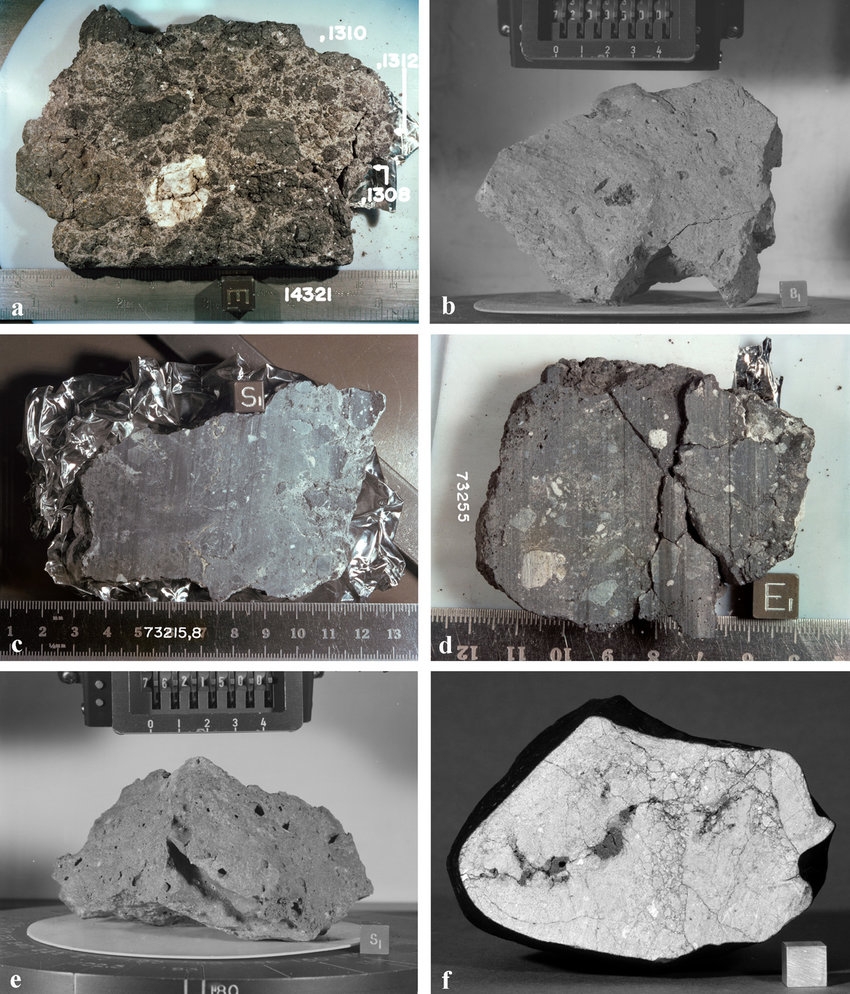 |
| A smattering of lunar samples collected during the Apollo missions. The small cubes are included for scale, and they measure 0.4 inches (1 cm) on a side. Photo: NASA/ David Kring |
Pristine unaltered rock formations may be impossible to find, but there are still very rare ancient rocks to be found. Zircon crystals from Jack Hills in Western Australia, aged at 4.404 billion years, currently hold the record for the oldest mineral on Earth. In northwest Canada’s Acasta River, some rock samples are as old as 4.031 billion years.
This zircon crystal from Western Australia’s Jack Hills region was crystalized 4.4 billion years ago. Image via John Valley / the University of Wisconsin-Madison.
A lunar rock, brought back by Apollo 14 astronauts, had a fragment from our planet embedded in it. Scientists think that an asteroid or comet impact violently flung pieces of Earth’s crust into space, and at least one piece landed on the moon. Studies found that fragment to be about 4 billion years old.
A rock fragment from Earth was found in this moon rock nicknamed “Big Bertha,” brought back to Earth by Apollo 14. Image via NASA / Wikimedia Commons.
Since ancient terrestrial rocks are not likely to be leftovers of our planet’s original crust, scientists needed to also look at old materials elsewhere in the solar system that had not undergone much change like the rocks on Earth.
The moon’s surface, despite a history of volcanic activity and meteorite bombardments, has a better chance of preserving crust dating to its creation. A study, published in 2019, of rocks brought back by the Apollo missions, suggests that the moon formed about 4.51 billion years ago, about 50 million years after the solar system’s formation (4.56 billion years ago).
Looking at meteorites
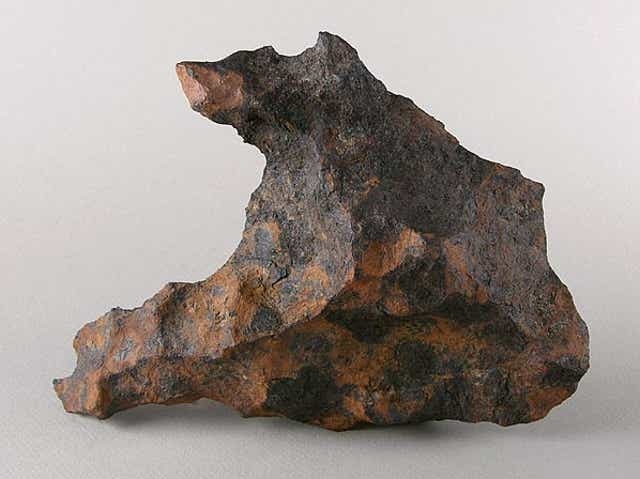 |
| Photo: USA Today |
Scientists also looked at remnants from the early solar system: meteorites with calcium-aluminum-rich inclusions that were among the first solid bodies to coalesce as planets began forming around the young sun. They’ve been dated to 4.567 billion years.
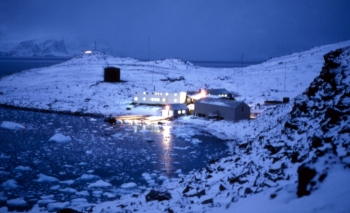 Top 7 Loneliest Places on the Planet Top 7 Loneliest Places on the Planet There are times when you want to leave everything behind and looking to take a break from the ongoing societal craps in your life, you ... |
How old is Earth according to Bible?
The Institute for Creation Research has always taught, as an integral part of its ministry, the concept of the young earth. We have never put an absolute date on the age of the earth. We feel that the Bible doesn't provide all the information necessary for certainty, as shown by the fact that almost every Bible scholar who has ever tried to discern the exact date has come to slightly different conclusions. Maybe all the information is there but we just don't understand it fully yet.
However, lest we be too concerned, every honest attempt to determine the date, starting with a deep commitment to the inerrancy of God's Word, has calculated a span of just a few thousand years, most likely close to 6000 years, since creation. The largest figure I've ever seen from a trustworthy scholar is approximately 15,000 years, but even this seems to stretch the Biblical data too far.
To calculate the date one must first employ the genealogical data given in Genesis, I & II Chronicles, the Gospels, and elsewhere. Information gleaned from Judges, I & II Kings, Daniel, Acts, and other books must be included as well. Since dates are fairly well established archaeologically beginning at about the time of David, these can be a big help. This is because so many Biblical events are referenced to the reigns of individual kings. Obviously, the job is difficult.
Of course, the genealogies only begin with the creation of Adam, so the question of time before Adam remains. As has been well noted on these pages, the six days of Creation Week must be of the same length as our days. We recognize, however, that the Hebrew word yom, translated "day," can have a variety of meanings, including an indefinite period of time. Thus, some have suggested that these six days might then be equated with the billions of years claimed by geologists.
Whenever a word in Scripture can have a variety of meanings, we must go to the context to determine what it does mean and not be content with what it might mean. And when we do, we find that the first time yom is used, it is defined as a solar day (Genesis 1:3), and then a total day/night cycle (1:3).
Furthermore, yom is modified by "evening and morning," which in Hebrew can only mean a literal day. It is also modified by an ordinal number (first, second, etc.), a construction limited in Hebrew to that of a literal day. Elsewhere the six days of creation are equated with the six days of our work week (Exodus 20:11), a formula incorporated in the fourth of the Ten Commandments regarding the Sabbath rest. We should mention that the use of a numeral to modify "days," in this case "6," is again reserved for a literal day in Hebrew, as is the use of the plural word "days."
Interesting Facts about EarthEarth is a squashed sphere Earth is not a perfect sphere. As Earth spins, gravity points toward the center of our planet (assuming for explanation's sake that Earth is a perfect sphere), and a centrifugal force pushes outward. But since this gravity-opposing force acts perpendicular to the axis of Earth, and Earth's axis is tilted, centrifugal force at the equator is not exactly opposed to gravity. This imbalance adds up at the equator, where gravity pushes extra masses of water and earth into a bulge, or "spare tire" around our planet. The planet has a waistline Mother Earth has a generous waistline: At the equator, the circumference of the globe is 24,901 miles (40,075 kilometers). Bonus fact: At the equator, you would weigh less than if standing at one of the poles. Keep going . . . you're going to be surprised to learn just how fast you are moving right now. The planet is recycled The ground you're walking on is recycled. Earth's rock cycle transforms igneous rocks to sedimentary rocks to metamorphic rocks and back again. The cycle isn’t a perfect circle, but the basics work like this: Magma from deep in the Earth emerges and hardens into rock (that's the igneous part). Tectonic processes uplift that rock to the surface, where erosion shaves bits off. These tiny fragments get deposited and buried, and the pressure from above compacts them into sedimentary rocks such as sandstone. If sedimentary rocks get buried even deeper, they "cook" into metamorphic rocks under lots of pressure and heat. Along the way, of course, sedimentary rocks can be re-eroded or metamorphic rocks re-uplifted. But if metamorphic rocks get caught in a subduction zone where one piece of crust is pushing under another, they may find themselves transformed back into magma. |
 15 Strangest Places on Earth You Won’t Believe Exist 15 Strangest Places on Earth You Won’t Believe Exist Earth is an extraodrinary planet, and so are many parts on Earth. Let's take a look at top 15 strangest places that you wont believe ... |
Chinese rocket debris tracker: How to see location where it will land and When it will fall to Earth? Chinese rocket is expected to reenter ... |
 ‘The Earth Changed' to Premiere on Earth Day on APPLE TV+ ‘The Earth Changed' to Premiere on Earth Day on APPLE TV+ This year, the Earth Day will fall on Thursday, April 22. ‘The Earth Changed' to Premiere on Earth Day on APPLE TV+ is one of ... |


